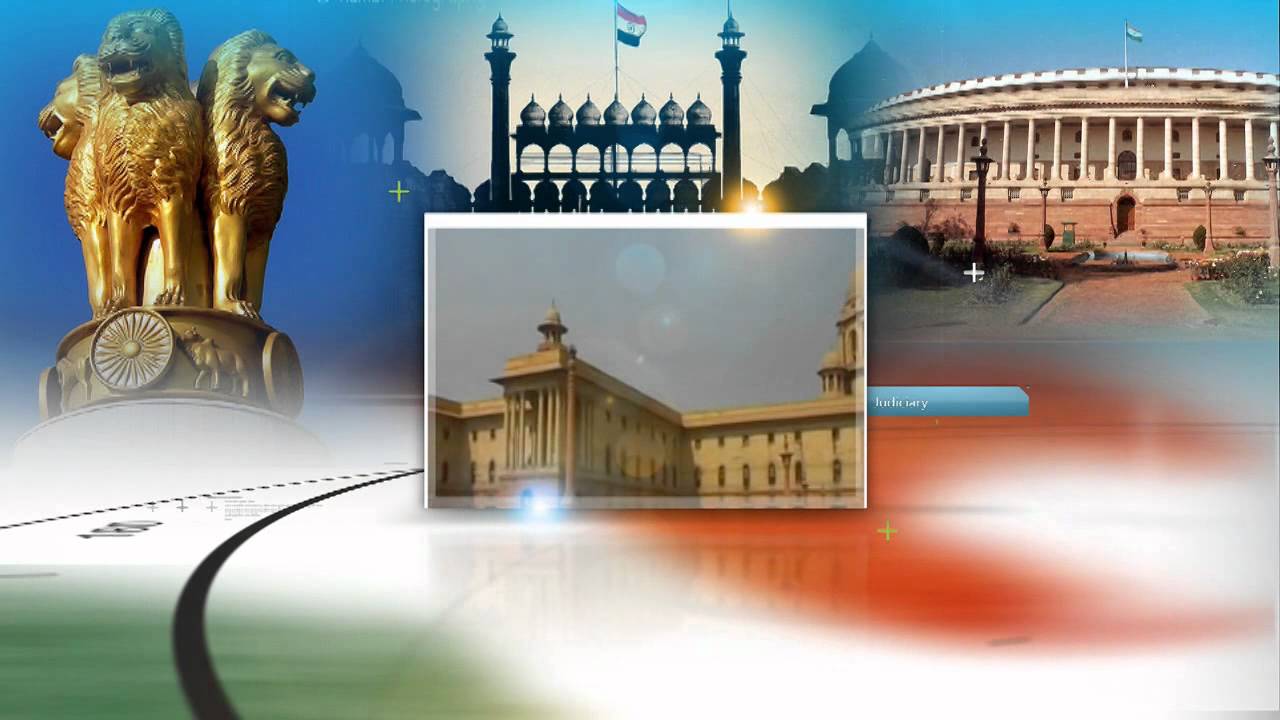Public Accounts Committee (PAC) and GST Regime
Context:
The 19th report of Parliament’s Public Accounts Committee (PAC) has delivered a sharp critique of India’s Goods and Services Tax (GST) regime, highlighting significant shortcomings in its implementation and revenue management.
More on News
- Introduced in July 2017 with the aim of simplifying and unifying indirect taxation, GST has fallen short of expectations, particularly in ensuring fiscal stability for States.
- The PAC flagged a 2% decline in indirect tax revenue between FY18 and FY20, the initial two years of GST before the COVID-19 pandemic.
- One of the most concerning issues highlighted in the report is the prolonged non-auditing and non-finalisation of the GST Compensation Fund—a crucial mechanism designed to support States experiencing revenue shortfalls.
- Despite being a core element of the federal tax structure, the Centre has failed to furnish the Compensation Fund Account to the Comptroller and Auditor General (CAG), thereby delaying necessary reimbursements to States.
Public Accounts Committee (PAC)
The Public Accounts Committee (PAC) is a crucial parliamentary body in India responsible for auditing government expenditure and ensuring financial accountability. Established in 1921, the PAC has evolved significantly post-independence. Initially chaired by a finance minister, it transitioned to having an opposition member as chairperson to enhance its impartiality.
Composition:
- Members: The PAC consists of 22 members—15 from the Lok Sabha (House of the People) and 7 from the Rajya Sabha (Council of States).
- Election: Members are elected annually using a proportional representation system through a single transferable vote.
- Chairperson: The chairperson is appointed by the Speaker of the Lok Sabha, traditionally from the opposition party since 1967. Currently, K.C. Venugopal serves as the chairperson.
Functions:
- Examination of Accounts: The PAC examines the appropriation accounts and finance accounts of the central government, ensuring that funds granted by Parliament are spent within the scope of the demand.
- Scrutiny of Audit Reports: It scrutinises the audit reports submitted by the Comptroller and Auditor General (CAG) of India, which include various audits on revenue receipts and expenditure by different ministries.
- Financial Oversight: The committee investigates financial irregularities and inefficiencies in government spending, promoting transparency and accountability in public finances.
- Reporting: After thorough examination, the PAC submits its reports to Parliament, highlighting discrepancies and suggesting improvements in financial management.
States Bear the Brunt of GST’s Centralising Tendencies
- The destination-based nature of GST, where tax is levied at the point of consumption, has particularly hurt manufacturing-intensive States that traditionally depended on indirect tax revenues.
- Many States have raised concerns over their reduced fiscal autonomy and sharp revenue declines under the GST system.
- To address these concerns, the GST (Compensation to States) Act, 2017, guaranteed States an annual 14% revenue growth for five years (2017–22), using FY16 as the base year.
- However, the PAC report highlights multiple instances where States have either not received their rightful compensation or have faced serious delays that have negatively impacted governance and development projects.
- The report criticises the Finance Ministry’s handling of GST audits, calling it “lackadaisical”, and points to 2,447 discrepancies—amounting to ₹32,577.73 crore—out of a sample of 10,667 cases.
PAC Calls for ‘GST 2.0’ and Increased State Revenue Share
- In response to these findings, the PAC has recommended a structured mechanism with the CAG to ensure timely audits and regular updates on pending cases.
- Additionally, the committee has urged policymakers to undertake a comprehensive review of the GST framework, advocating for a “GST 2.0” that better balances the Centre-State revenue-sharing model.
- Currently, the Centre and States share GST revenues equally (50:50), but many States are now demanding a larger share—closer to 70%-80%—to offset revenue losses and regain financial autonomy.
The PAC report is likely to reignite debates over GST reforms and the need for a more equitable tax structure, ensuring that the federal spirit of taxation is preserved while addressing the inefficiencies of the current system.


